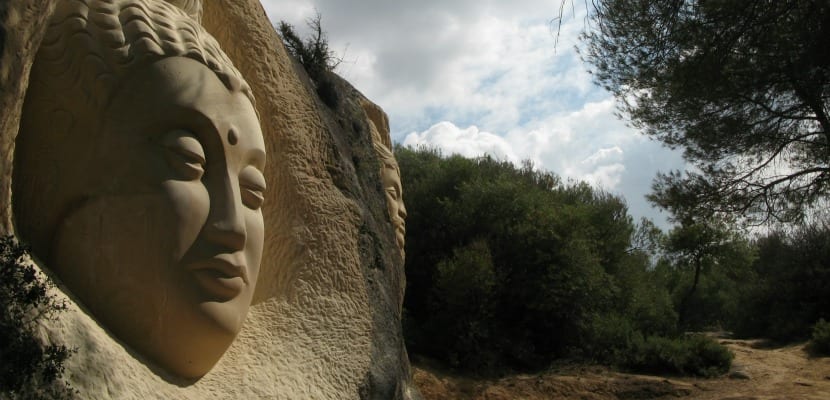
In the region of La Alcarria, next to the Sierra de Altomira and the reservoir that bears its name, is the Cuenca town of Buendía, which has many attractions for lovers of gastronomy, culture and nature. However, in recent times it has become especially popular with walkers thanks to the Route of the Faces, a place made up of pine forests and sandstone rocks from the Buendia Swamp in which some 18 sculptures and bas-reliefs from one to eight meters high are sculpted.
The sculptures of the Route of the Faces break the line marked by museums to extol the relationship between art and nature based on spiritual reflection, since they present a certain mystical character. The artists of the route knew the limestone sculptures of other artists, so when creating the Route of the Faces they were inspired by them and also by pre-Columbian and Asian cultures. However, they knew how to give their sculptures a distinctive personal touch, reflecting the deepest and most archaic of the human being.
This is particularly visible in the faces of these sculptures, which present the so-called "archaic smile" used by artists to give their works distinctive elements.
All the faces of the route
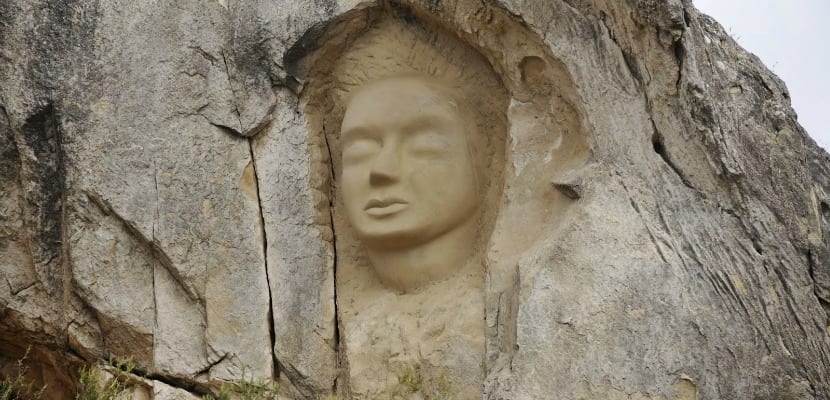
The Route of the Faces is located on the shores of the Buendía Reservoir, in a place known as La Peninsula in which pine forests and sandstone stones abound. To access the area you can go by car, since from Buendía there is a track with information panels and easily accessible paths, so it can be reached in five minutes. Once there, doing the full tour will take us an hour walking.
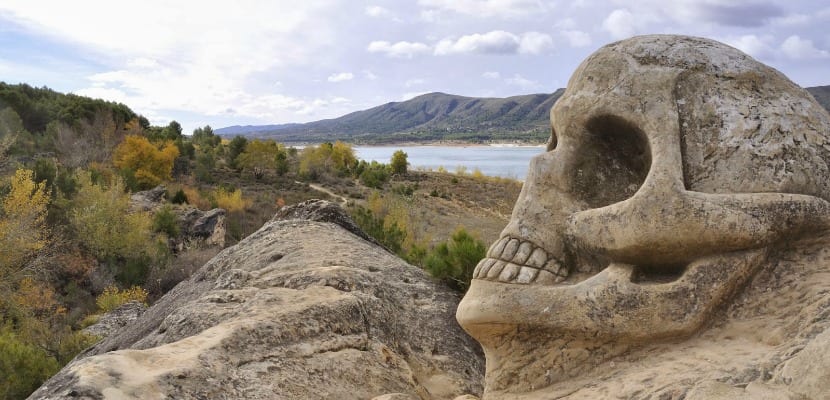
Some of the most impressive sculptures that can be seen during the route are 'La Monja', 'El Beethoven de Buendía', 'El Chamán', 'La Dama del Pantano' or 'La Calavera'. However, there are many more to contemplate along the way. For example, 'The Templar Cross',' Goblins', 'The Virgin of the Fleur de Lis' and' The Virgin of the Faces', 'La Espiral del Brujo', 'Chemary', 'La Moneda de Vida', ' Arjuna ',' Krishna ', etc.
How to access the Route of the Faces?
To get to the Route of the Faces from Cuenca You have to exit by the Nacional 400 towards Tarancón and in Carrascosa del Campo take the C-202 towards Huete-Buendía. To do it from Guadalajara you have to exit by the N-320 passing through Tendilla and Sacedón. From Madrid by the N-II we will get to Guadalajara and there you can take the N-320.
Once in Buendía, to get to the Ruta de las Caras, follow the indications on the signs found within the town and that will lead to a path. Later there are four kilometers to the place of La Peninsula. This path leads to a first detour that must be taken to the left, also signposted by an indicative sign. If you continue along this path, you will come to a water tank located at the top of a hill, where you will have to turn right until the last sign surrounded by olive trees. The latter drives to the left.
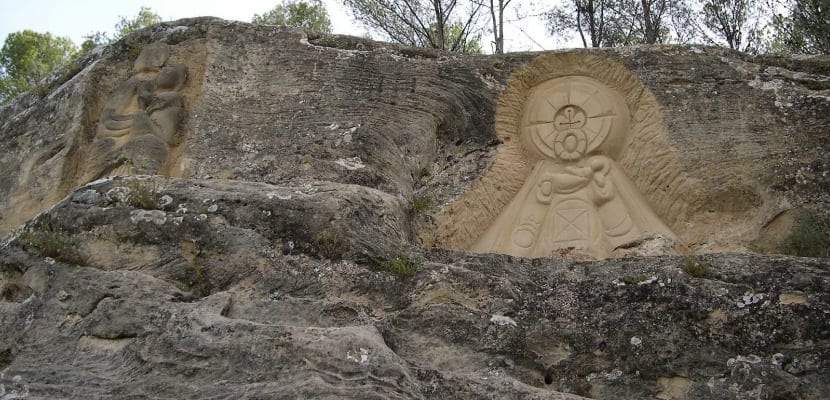
This path ends in an esplanade next to the pines. Just before reaching it we will find an explanatory poster of the Route of the Faces and its sculptures. In this place in front of the two small olive trees and to the left of the farmland, a signposted path starts, which following it leads us to the first sculptures. The sculptures are distributed throughout the area, reaching almost to the swamp.
Buendía, the town of the Ruta de las Caras
The rest of the visit mixes art and nature and even engineering when referring to the dam of the Buendía reservoir. There we will also find the hermitage of the Virgen de los Desamparados, which stands out more for its enclave than for its construction.
Buendía has a medieval essence that is reflected in its wall intermittent and discontinuous. Also, in the urban fabric stands out the Plaza Mayor, Siamese de la Ruiz Jarabo, both porticoed with semicircular arches on square pillars and joined by a portico with four openings.
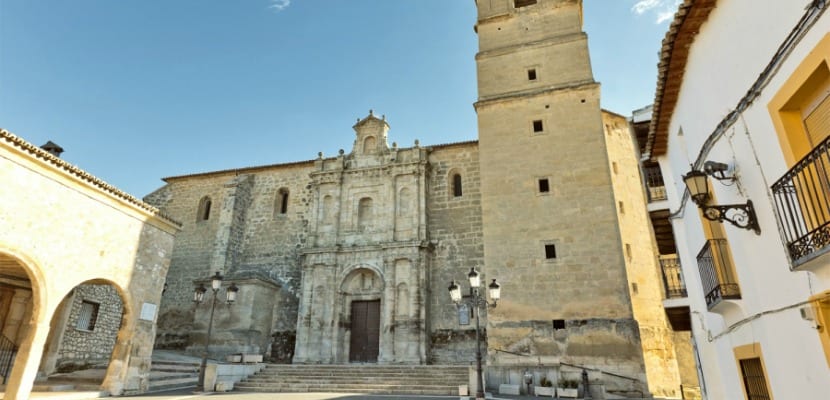
The church of Our Lady of the Assumption leads the architectural complex of the Plaza Mayor, from Gothic to Renaissance, it contains samples of different styles and its Herrerian facade is of great beauty. Its interior houses decorative elements and furniture of great beauty. This temple remains closed except for a liturgical act, so to visit it it is necessary to make a reservation at the tourist office. Admission is free.
On the other hand, La Tercia (a XNUMXth century granary built in masonry and ashlar masonry) houses the Museo del Carro, a focus of interest for both locals and tourists as well as the Remains of the Buendía Castle and the Museum from La Botica.